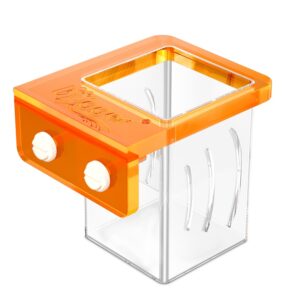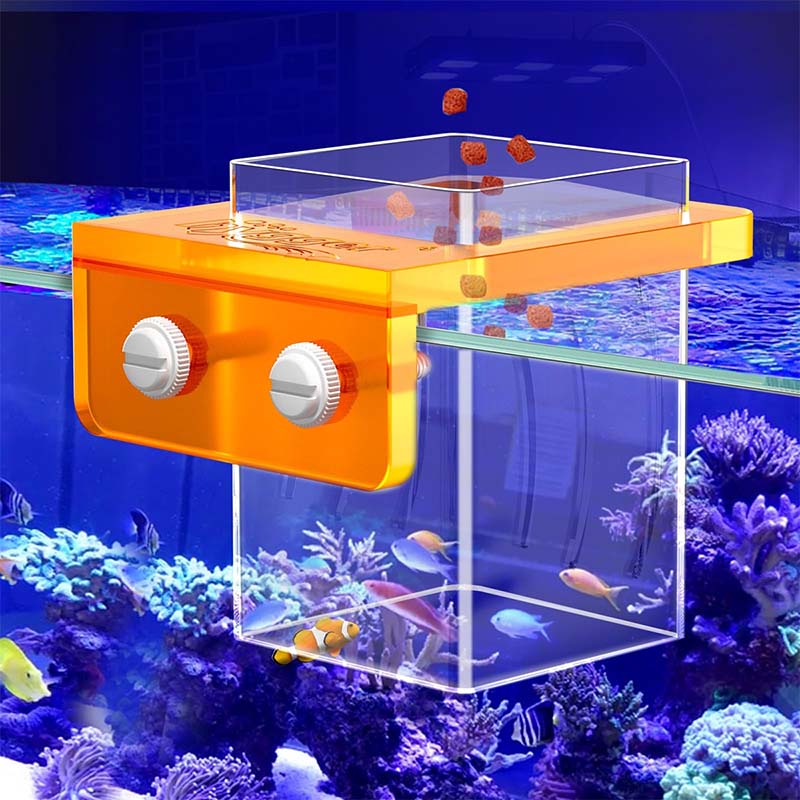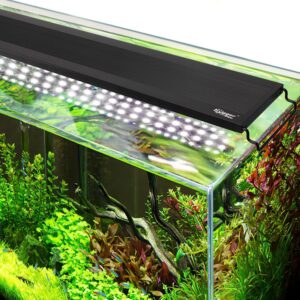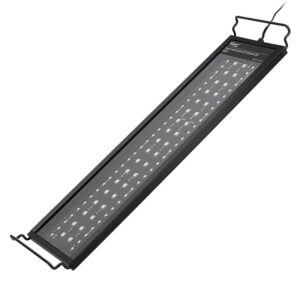Hatchet Fish Care Guide – Well Camouflaged Fish
Calling all aquarium enthusiasts! Have you ever been captivated by the hatchet fish, with its unique body resembling a miniature axe? These intriguing creatures are a captivating addition to any freshwater tank. But are they peaceful or aggressive? How big do hatchet fish get? What kind of diet keeps them thriving?
This blog is your one-stop shop for everything hatchet fish! We’ll delve into their fascinating world, exploring their temperament, and diving into hatchet fish care, ideal tank setup, and feeding habits. Whether you’re a seasoned aquarist or a curious beginner, this comprehensive guide will equip you with the knowledge to give your hatchet fish a happy, healthy home.
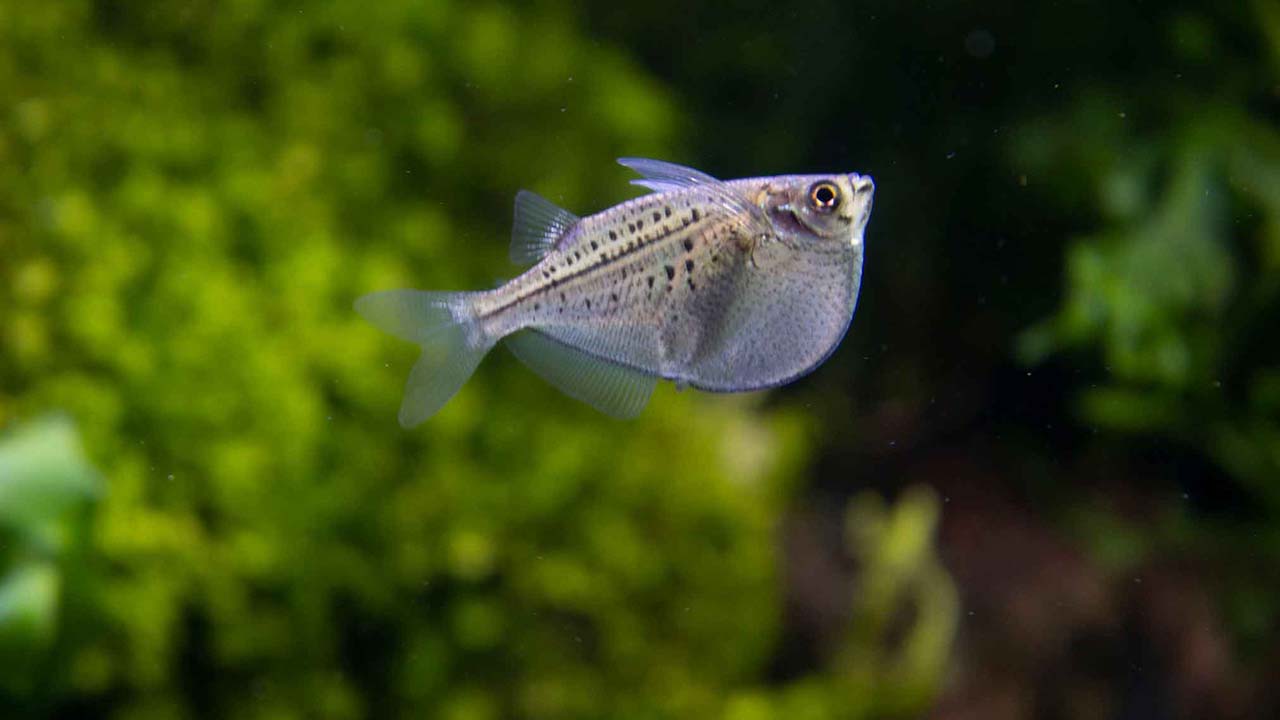
Are Hatchetfish Aggressive?
Hatchetfish are admired for their bizarre activities. They are endemic South American freshwater fishes, emblematic of the Gasteropelecidae family. Hatchetfish owe their name to their body form, the hatchet axe. This group of freshwater creatures consists of a flat body that is silver or shiny.
Types of Hatchetfish
These fish can be found in different species, the hatcher and the marbled hatchetfish belonging to the Gasteropelecus sternicla and Carnegiella strigata species, respectively. There is a noticeable variety in features (different species), but all hatchet fishes share the same kind of jumping out of the water to capture insects.
Temperament of Hatchetfish
Hatchetfish are soft-natured and usually not in a bad mood. They usually like to be in groups and do well in groups. It is recommended to keep them in a school of 5-6 other community fish.
Another unique feature of these fish is that they have alternate personalities. They can be shy and prefer to hide among plants and decorations if they feel intimidated. It should be ensured that the tank has many hiding spots and vegetation, and hatchet fish feel secure and safe.
What Do Hatchet Fish Eat?
Concerning their diet, Hatchet Fish are designated as omnivores. They eat both plant matter and small insects. Naturally, hatchet fish feed on algae, insects (e.g. insects), and other small organisms living in the water habitat where they are in the wild.
With their medium-sized mouths that are designed for grazing, they can be easily fed with flake fish food, freeze-dried bloodworms, and small live or frozen insects like daphnia and brine shrimps. It is advisable to ensure you have a varied diet such that Hatchet gets all the nutrients it needs to be in good health.
Hatchet Fish Size
Hatchet fish is a thinly bodied small freshwater fish, which mostly stretches to about 1 inch to 3 inches. Some of these species can even be up to 4 ins long, for the species of the hatchet fish. These are among the petite fish species that are distinctive for their oval shape and gracefulness and are capable of sliding just above the water’s surface; in any sense, they are the perfect to add class to an aquarium design. Hatchet might be small, but they are still quite spirited and dynamic fish species that can bring water life to a freshwater tank.
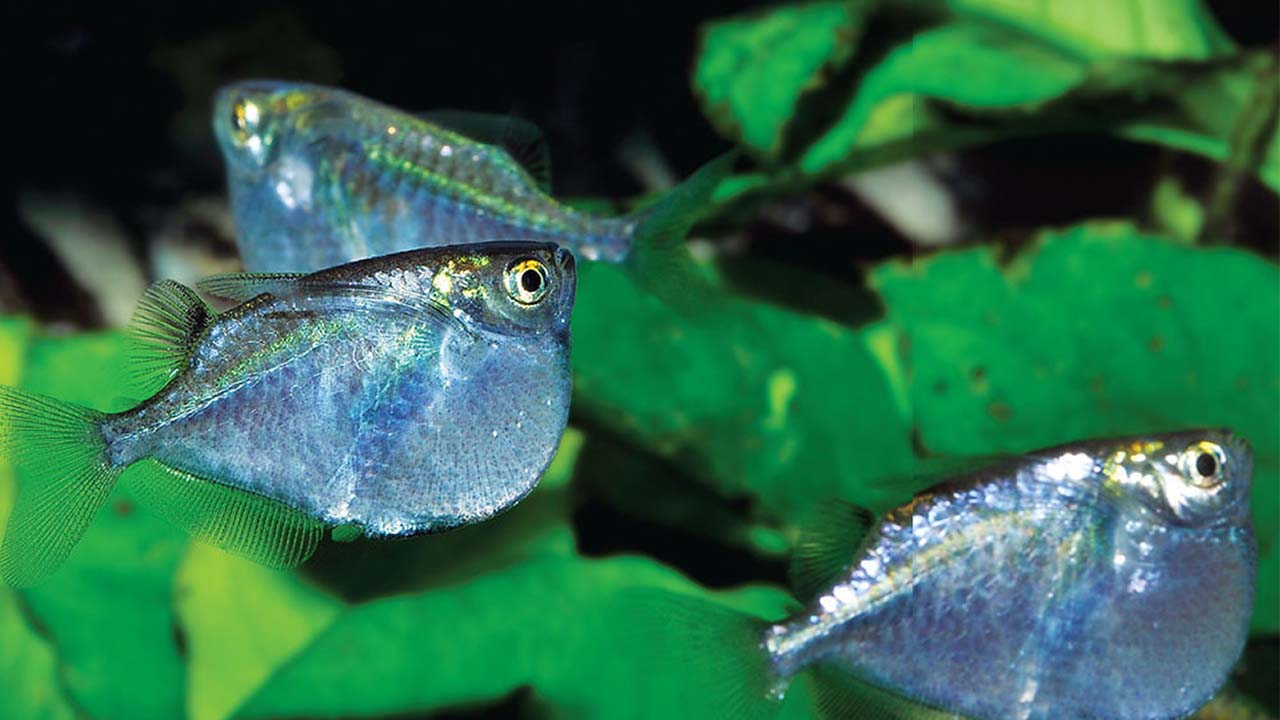
How Often to Feed Marbled Hatchetfish?
The group of marbled hatchetfish are surface feeders, which means they spend most of the water’s time eating food that stays at the top layer of water, a feeding ring is necessary equipment for them. They need proteins, which they use to keep up that amazing energy and their beautiful colors. Here’s how to keep your marbled hatchetfish happy and healthy at mealtime:
- Frequency: Make a point of giving your Hatchet fish small doses of food twice a day. This way is to provide food, not overfeeding which is always a problem with hatchetfish.
- Quantity: Feed a little food at a time to your Hatchet. One feeding tip is that they can meet the demand with food that can be eaten within a few minutes. If wastewater with leftover food settles, then the fish will suffer.
- Food Choices: Include plenty of different types of vegetables as part of this healthy diet. Opt for a mix of high-protein foods that float on the surface, such as:
| Live or frozen brine shrimp | Bloodworms |
| Mosquito larvae | Fruit flies |
| Small, floating carnivore pellets | |
Tip: When it is time to feed, switch off any air stones or filters to reduce currents and water movement. For water flow can distribute the food into various places, which may result in the hatchetfish not finding their dinner anymore.
How Many Hatchet Fish Can Be Together
Unlike the solitary recluse inhabiting a coral reef to most of the tropical world, hatchetfish are quite social and can often be found cruising in aery herds. They live in a group size of at least 6-12. They do better if they are a group of their kind.
Selecting the Right Size
When choosing the right number of hatchetfish, consider your tank size. As a rule of thumb, aim for at least 20 gallons per 6 hatchetfish. This ensures enough space for them to swim freely without feeling cramped. Remember, they’re primarily surface dwellers, so prioritize horizontal tank space over vertical height.
Keeping Your School Happy
- Spacious Tank: Make extra room for the hatchetfish school to have all the space to move about and explore.
- Plenty of Hiding Spots: Implant short structures, floating plants, or water plants forth the water surface which will help them to occupy these places if they feel threatened.
- Calm Tank Mates: Don’t house any of the aggressive fish, such as those that can incessantly harass your hatchet fish. Go with a non-aggressive type of fish and place it in the places of tanks where others can occupy different areas.
- Tight-Fitting Lid: As you may already know, the hatchet fish dive into the water in such a quick and nimble manner that it is nearly impossible to see them leave the surface. Give particular attention to the tank’s cover being secure to stop it from escaping.
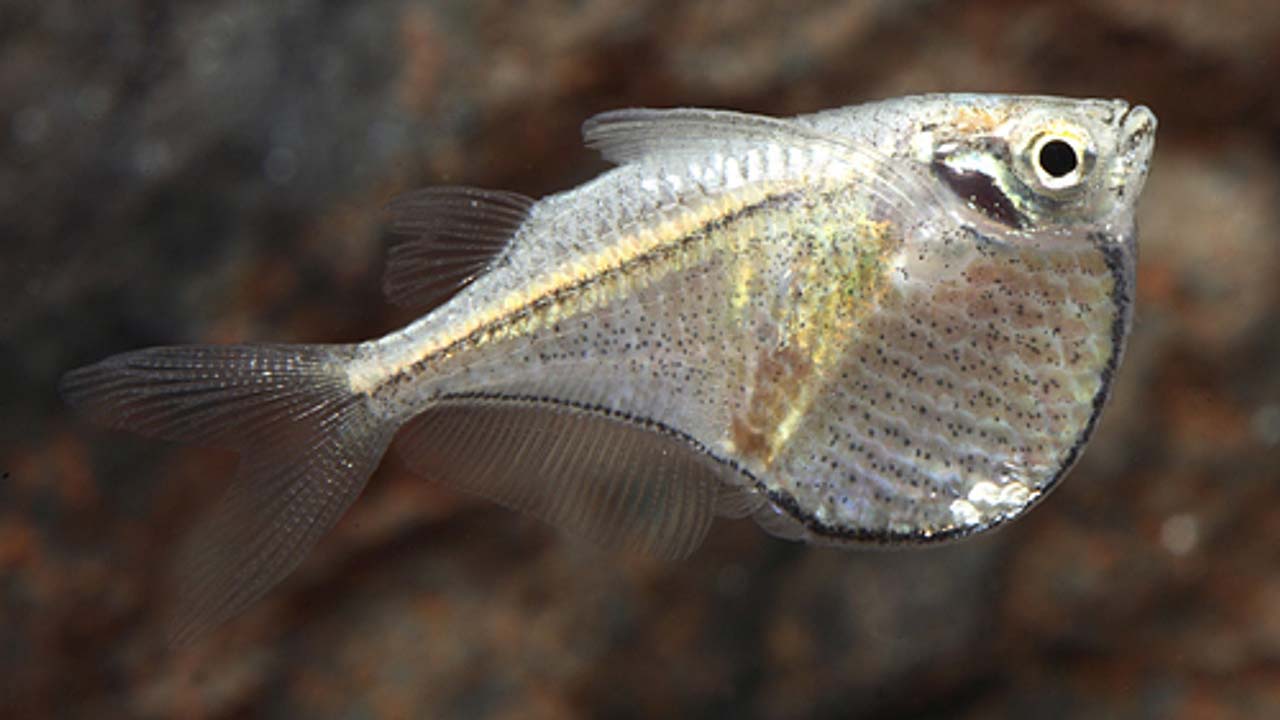
Set up a Tank For Hatchetfish?
Here are some key things to consider when setting up a tank for Hatchetfish.
Tank Size and Shape
Minimum size: A school of 6 hatchetfish will need a tank of a minimum of 20 gallons. So, the tank size of the soon-to-be inhabitants needs to be at least 20 gallons.
Shape: Rather than a tank that is shorter than it is wider, opt for one that is longer than it is tall. Hatchetfish, being pelagic shoalers love to swim in midwater canopies.
Water Conditions
Water chemistry
pH: Hatchetfish always lives in soft, slightly acidic water which has a pH of 6.4-6.8.
Temperature: They spend their time better in tropical temperatures like 74°F and 83°F (24°C and 27°C).
Filtration: Efficient filters are of prime importance to keep the water free from polluting strains. Since Hatchet Fish are not strong swimmers, always opt for a filter with a gentle flow.
Habitat Decor
Lighting: Always go with lights that bring a natural feel to the environment.
Substrate: Light-colored gravel or sand will be used to create a soft-light effect because it will soften the washy effects. Plants, while not mandatory, can provide hideouts and contribute to water quality preservation. For instance, they can thrive in low-nutrient water and assist in the process of nitrogen cycling.
Hiding spots: There should be plenty of floating live plants, driftwood, or similar objects you can utilize near the water surface to give them places to hide. They could be very skittish fish, always feeling threatened, and they need a refuge to have that sense of security.
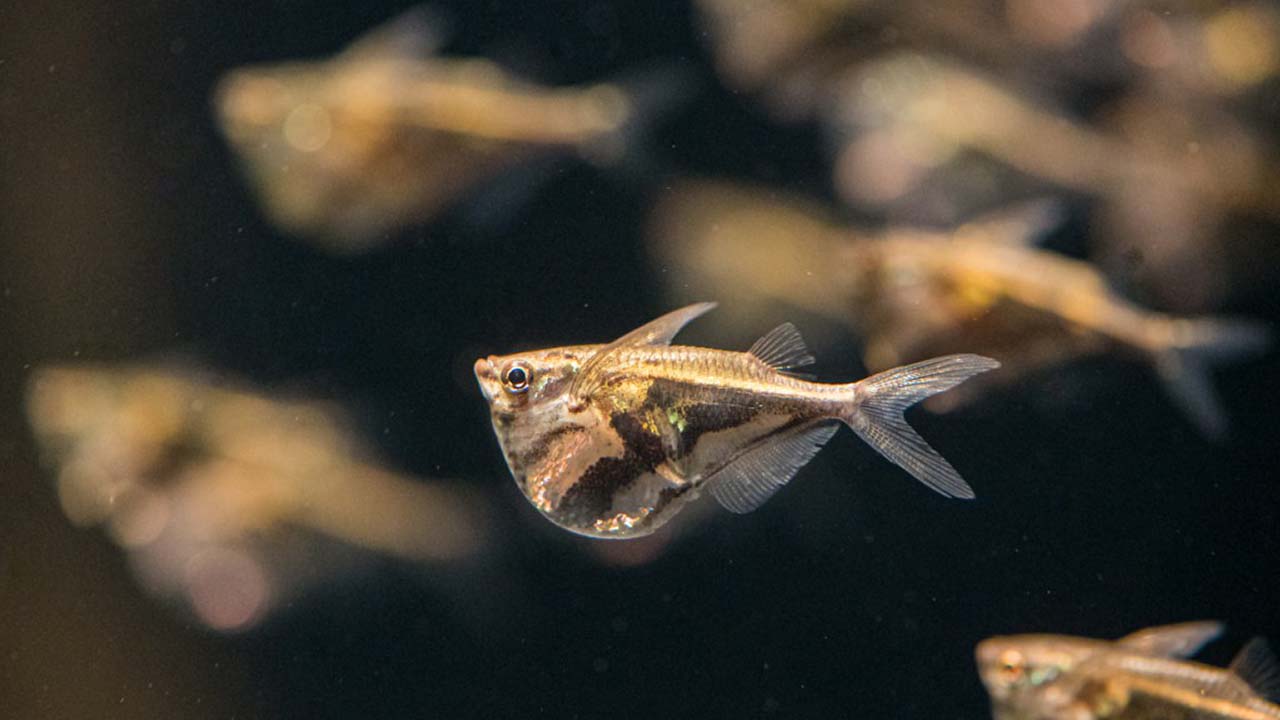
Hatchet Fish Tank Mate
The hatchet fish could mingle with tetras, rasboras, corydoras, catfish, and dwarf peaceful gouramis. The important thing to note is that the fish must be peaceful and have non-aggressive fancy. It’s crucial to find information about the habits and needs of each of the potential fish you intend to keep with your hatchet fish to ensure they will all get along.
Closing Thoughts
It is a fact that hatchet fish look very fascinating and when you place them in freshwater, these will become the biggest attraction of your aquarium because of their unique appearance and calm nature. Aquarists can learn how to tailor and arrange the temperature, food, and habitat with the temperament of various species of hatchet fish. In doing so, they can create a desired environment for such graceful living beings. Welcome the charm of hatchet fish into your aquarium today!

